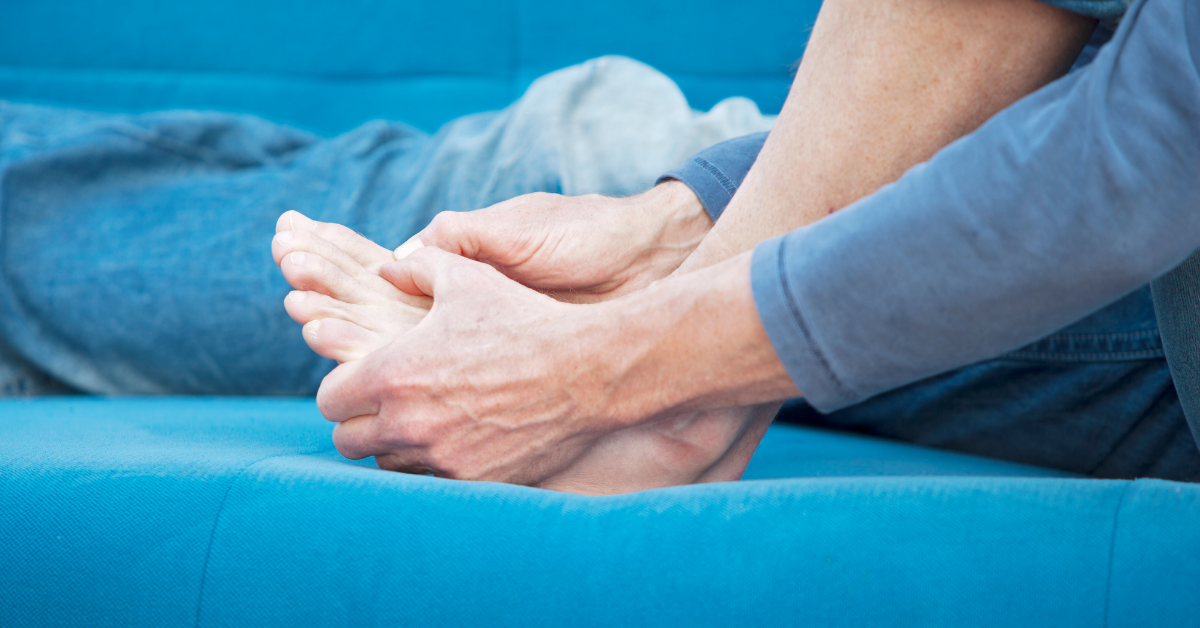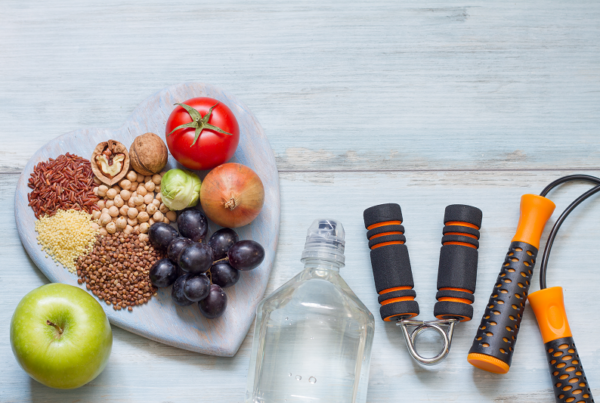
One of the more painful medical conditions we encounter in our clinics is gout or the symptoms of gout.
First, to dispel any myths that exist that gout is something you only get when you are in your 70s or 80s, gout can occur in men between the ages of 30 and 50 and in women, it can develop after menopause. So, the risk of developing gout for both men and women increases with age.
What is gout? Doctors place gout under the umbrella term “arthritis” — a broad range of joint diseases and joint pain. Gout is a common form of inflammatory arthritis that is very painful.
What are the symptoms of gout? Gout usually affects one joint at a time (often the big toe joint) but can affect the ankle, knee, elbow and wrists joints. The affected area will generally be red and swollen and each bout can last for 6-10 days.
Did you know that gout was once described as the disease of kings! That is, men that lived an unhealthy lifestyle by eating rich foods and drinking lots of alcohol. However, there are genetic issues at play and some families will be more disposed to contracting gout than others.
What causes gout? Gout occurs when urate crystals accumulate in your joint, causing the inflammation and intense pain of a gout attack.
What are urate crystals? Uric acid is produced by your body to break down substances called purines. Purines occur naturally but you can also get them in certain foods, so by consuming these foods you are causing a build-up of uric acid as your body needs more. Normally, uric acid is eliminated through your kidneys. But the more you weigh, the less efficiently your kidneys work. What can happen, if you are prone to gout, is that the excess uric acid turns into urate crystals and they deposit in and around your joints. The most common joint affected is, as mentioned above, the big toe. Your body’s natural defences jump into attack mode and swamps these crystals with white blood cells and that is where the pain emanates from.
Foods and drinks that often trigger gout attacks include:
- organ meats
- red or game meats
- some types of fish such as shellfish
- fruit juice
- sugary soft drinks
- and alcohol
What we also know is that the type of fat you are carrying also has an impact. Visceral fat (belly fat) as opposed to subcutaneous fat (like on your thighs), produces more of the inflammatory chemicals that can trigger gout.
What can you do about gout? At Motivation, we routinely provide advice and guidance to overweight men and women that suffer from gout. Also, those clients generally present with other health issues as well; it’s called comorbidity – the presence of two or more conditions occurring in a person, either at the same time, or successively. We advocate lifestyle changes and we facilitate that through our Mental Weight approach and healthy eating plans.
Losing weight is proven to reduce symptoms of gout and other ailments such as type 2 diabetes and heart disease.
An all-round healthy way of living and eating is like a gift that keeps on giving.
Please reach out to us today for a confidential chat to see if our weight management programme can help you.



